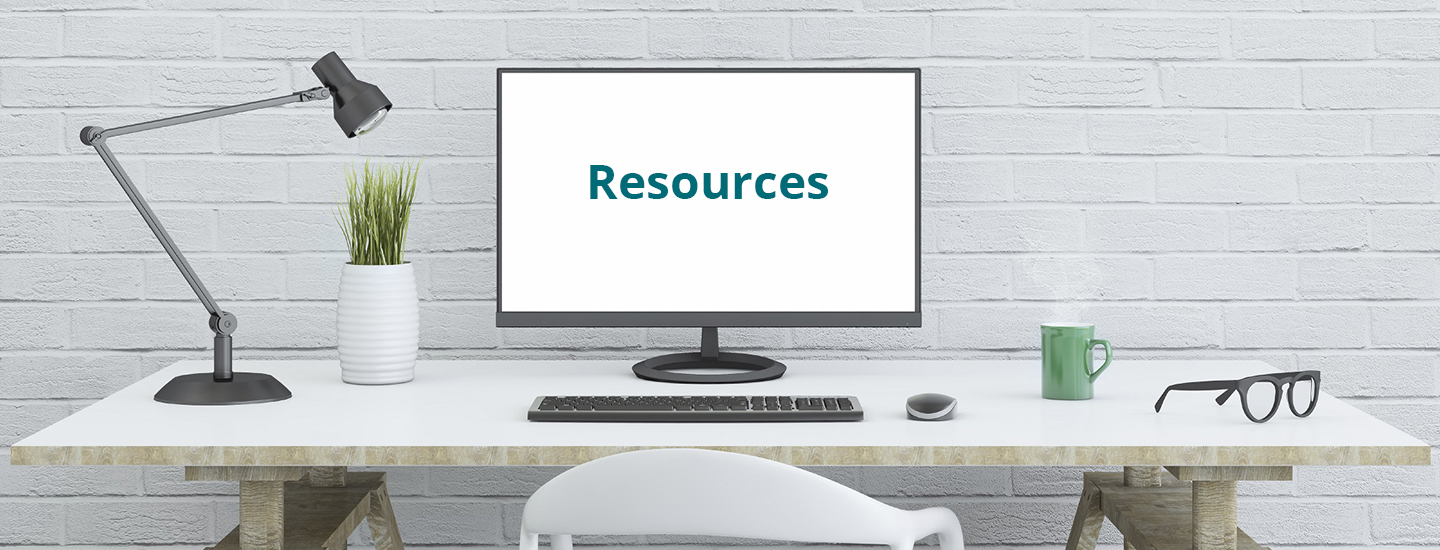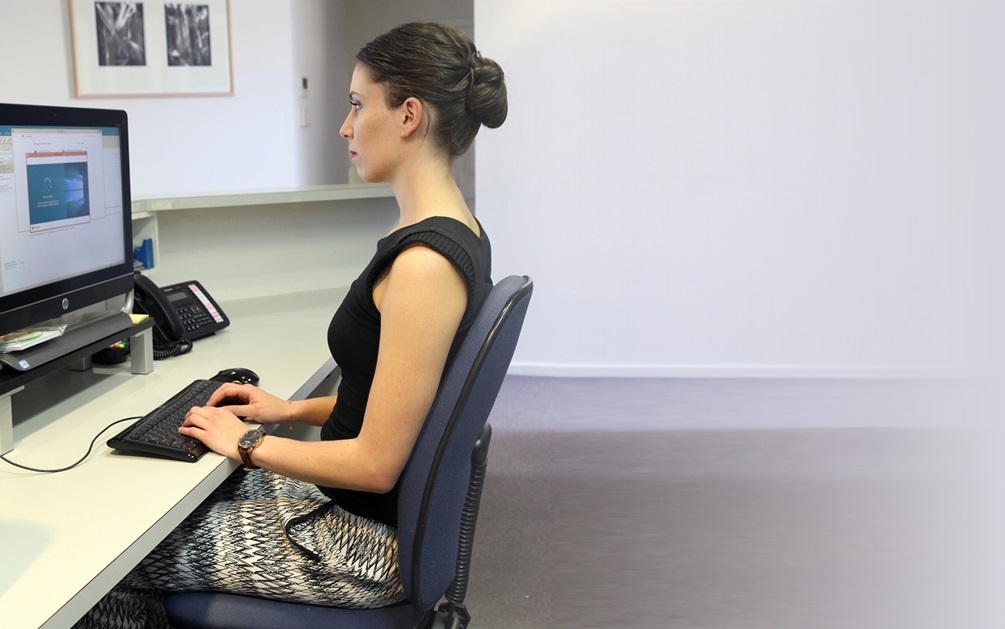Sitting in the 21st century has become a very common past time. We sit having breakfast, sit travelling to and from work, spend 8+ hours at work sitting, and then watch TV in the evenings.
Sitting places an enormous load on necks and spines. Prolonged periods of sitting over time can lead to degenerative changes in the neck causing pain and headaches. Poor sitting posture can also lead to degenerate changes in the lumbar spine joints and discs, back pain and sciatica. Studies have also shown that our new culture of prolonged sitting can lead to other health problems.
Sitting with suitable lumbar (lower back) support can assist in maintaining a neutral spine posture. This will assist in reducing the strain on the neck and lower back. Using a small lumbar support (such as the McKenzie Super roll) will provide most people with support.
The process of sitting with good posture:
- Sit your bottom all the way back in the chair.
- Lean slightly forwards and place a small support in the small of your back (about belt height).
- Gently rest back onto the support (you should not try to push too firmly backwards).
- Keep your shoulders upright and look forwards (to your horizon).
After sitting for a period of 30 minutes, I would recommend standing up and walking away from your chair (even if it is only 1~2 minutes). Regular breaks from sitting will help your spine stretch out.
If sitting with a lumbar support makes your spine feel stiffer or painful, you need to seek professional assessment from a physiotherapist. An exercise and stretching program can assist with your ability to sit with a pain free neutral spine posture.
An ergonomic chair used in the work place should not require additional support. Adjusting the chair should provide all the necessary support to maintain a neutral spine posture. If this is not the case, I would recommend that a qualified person assists you in adjusting your work chair. You may need a custom fitted office chair.







